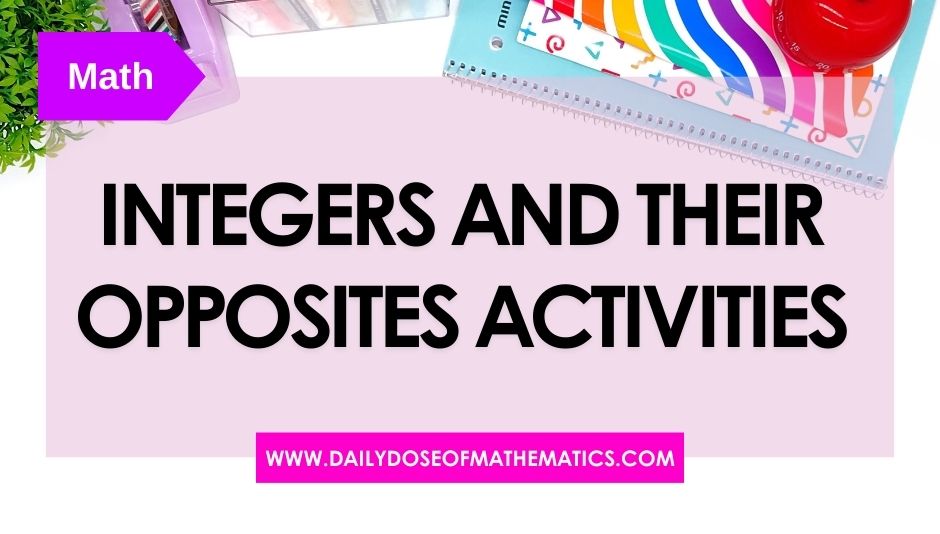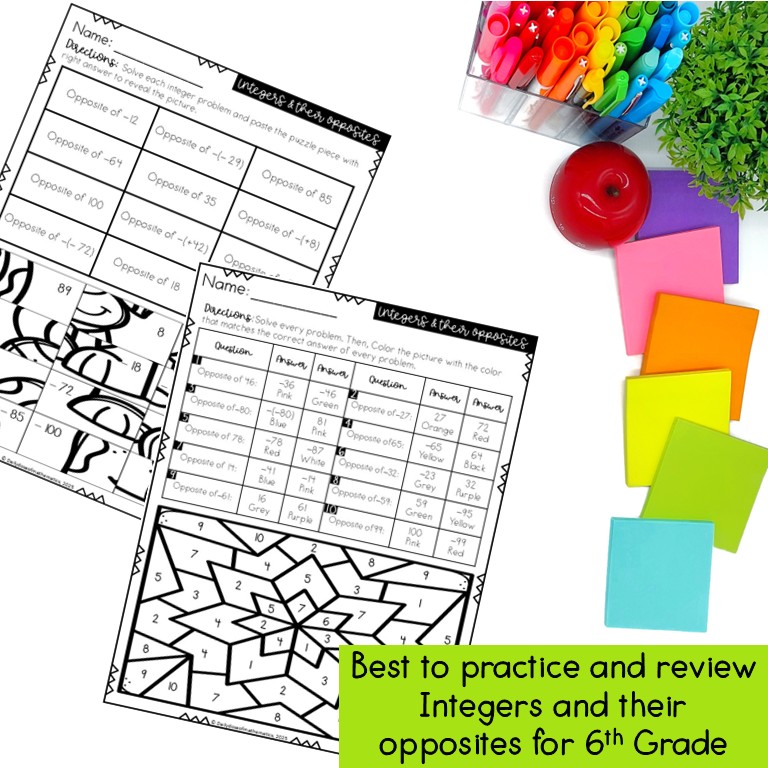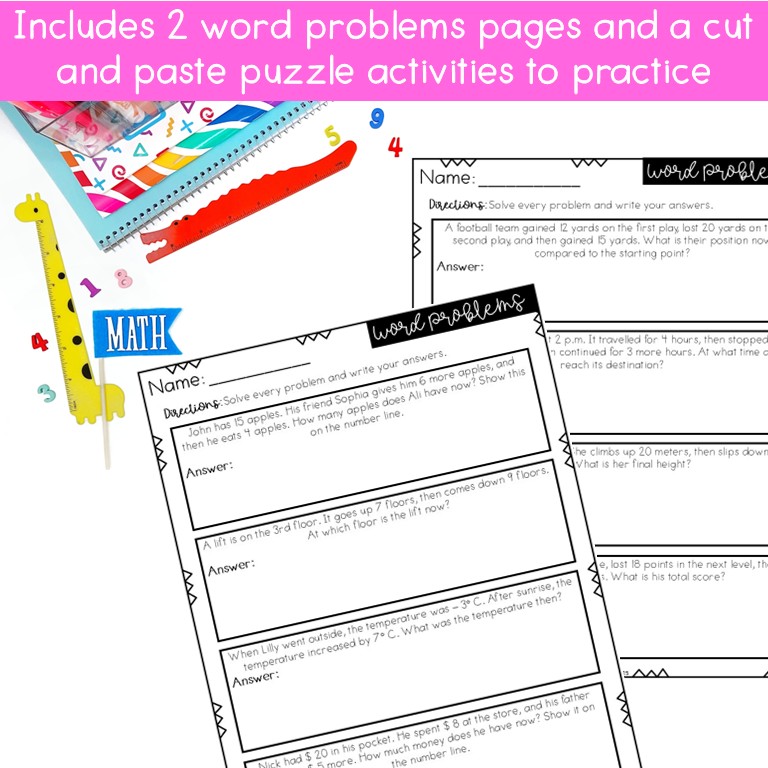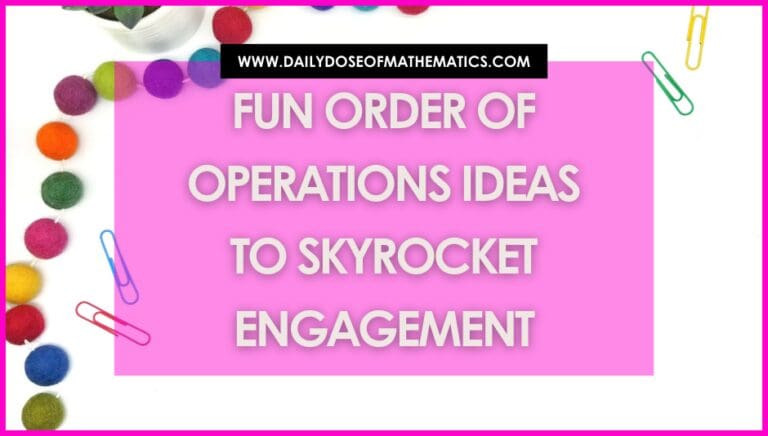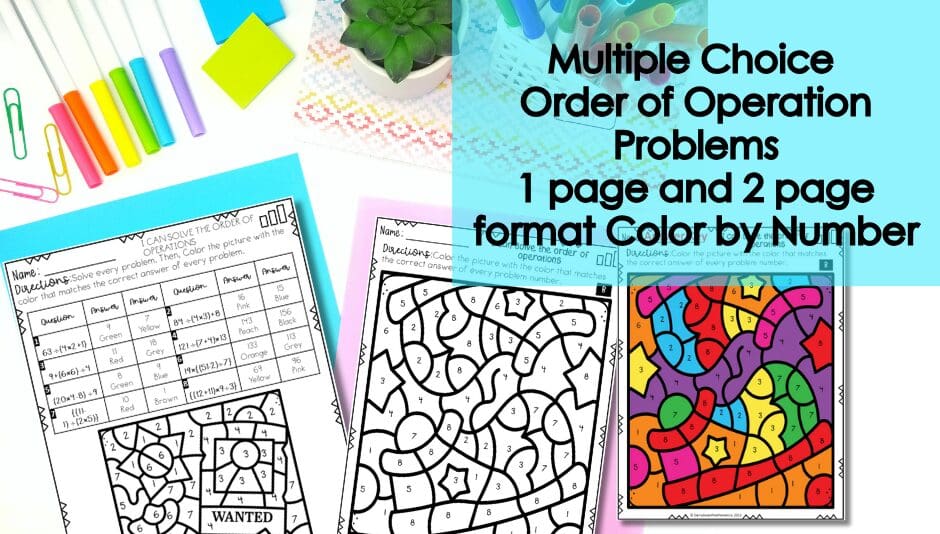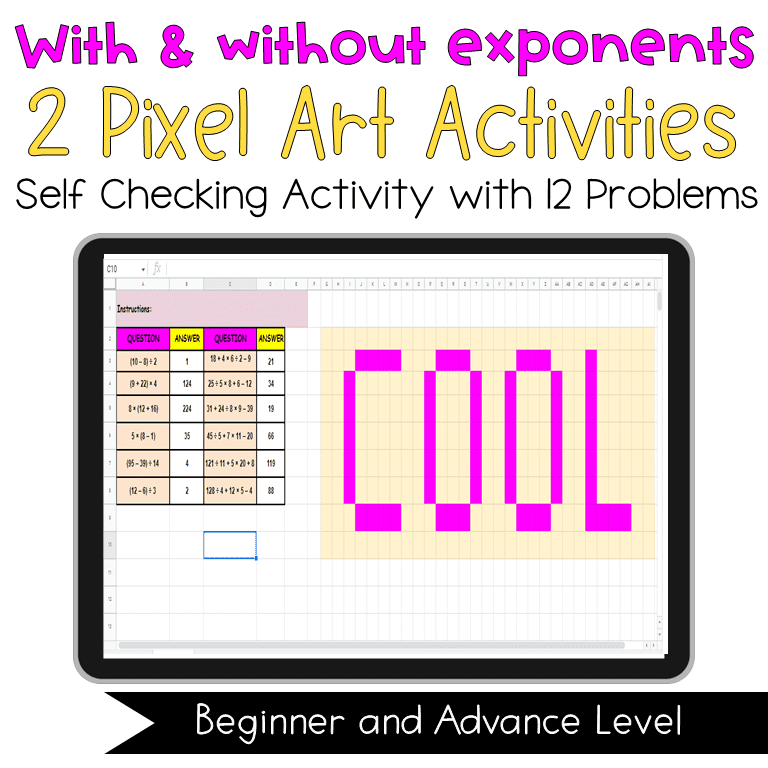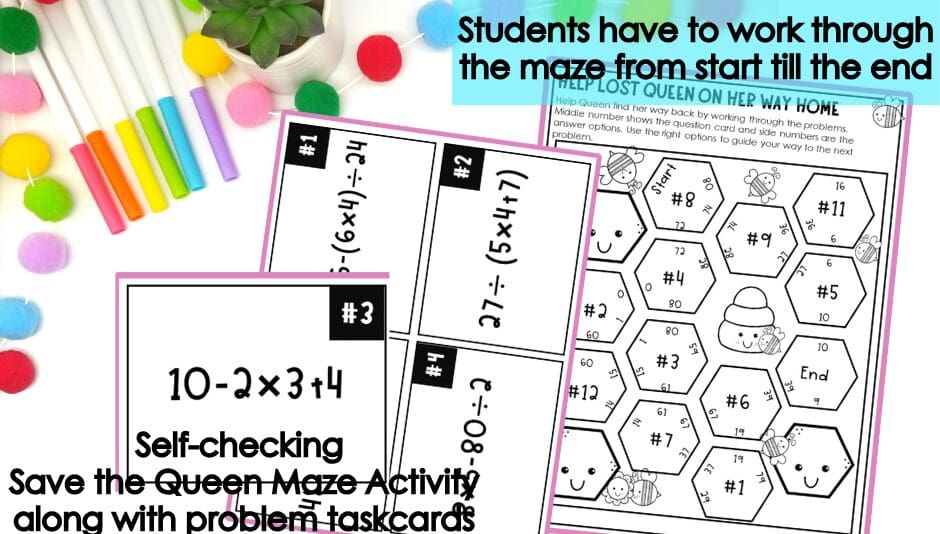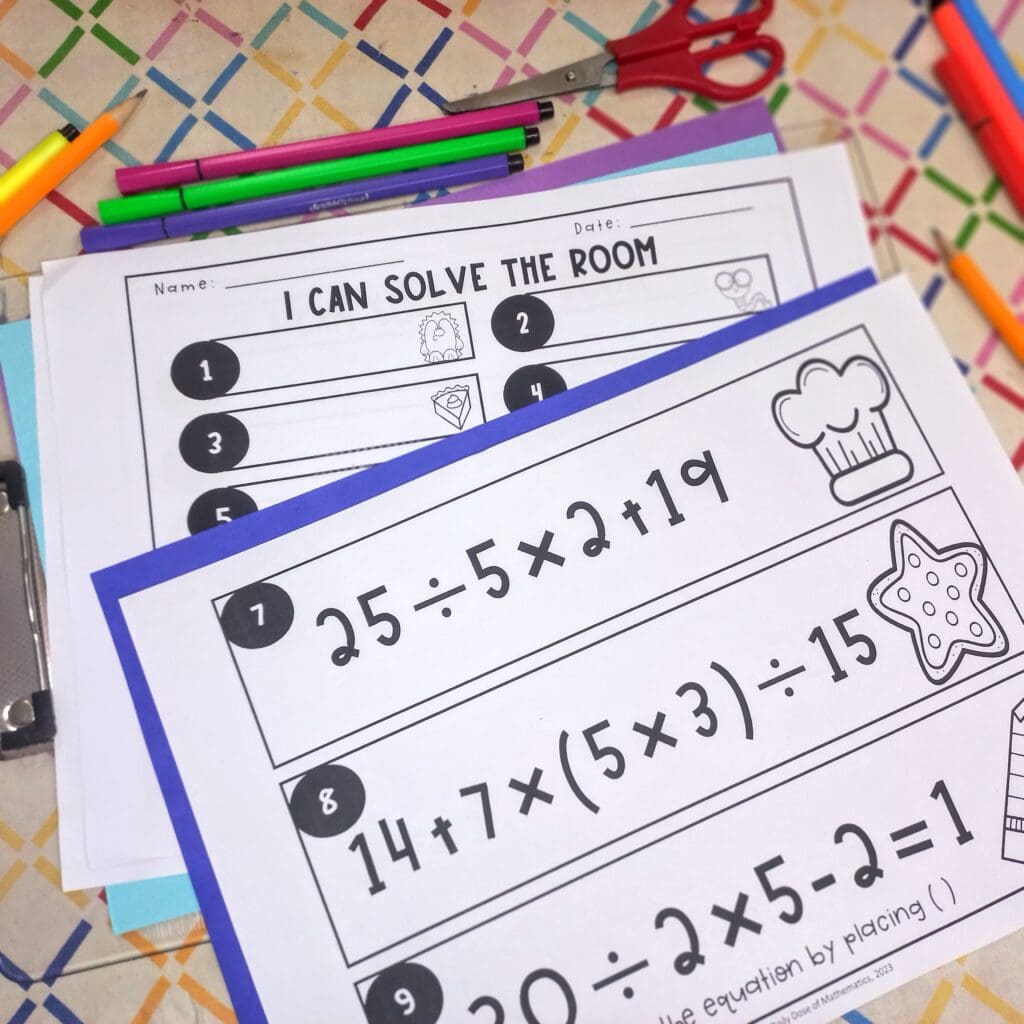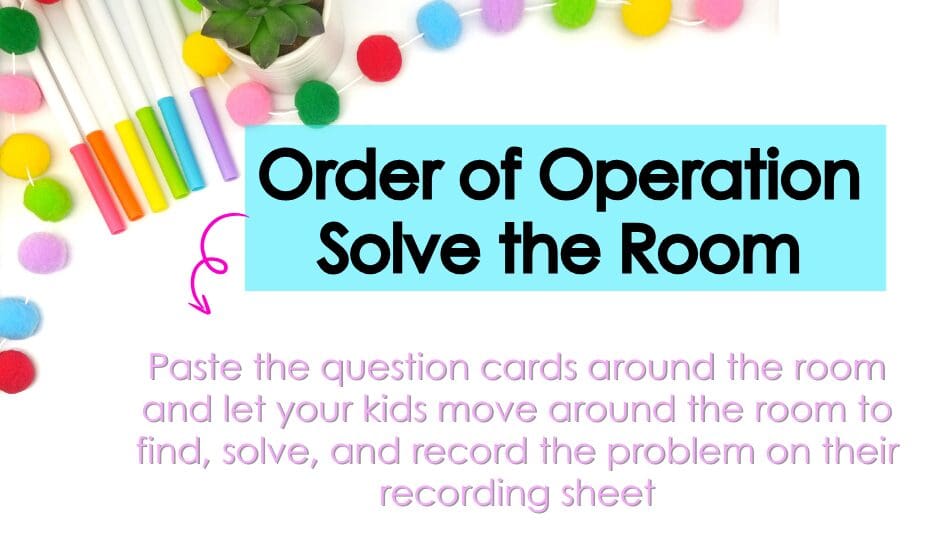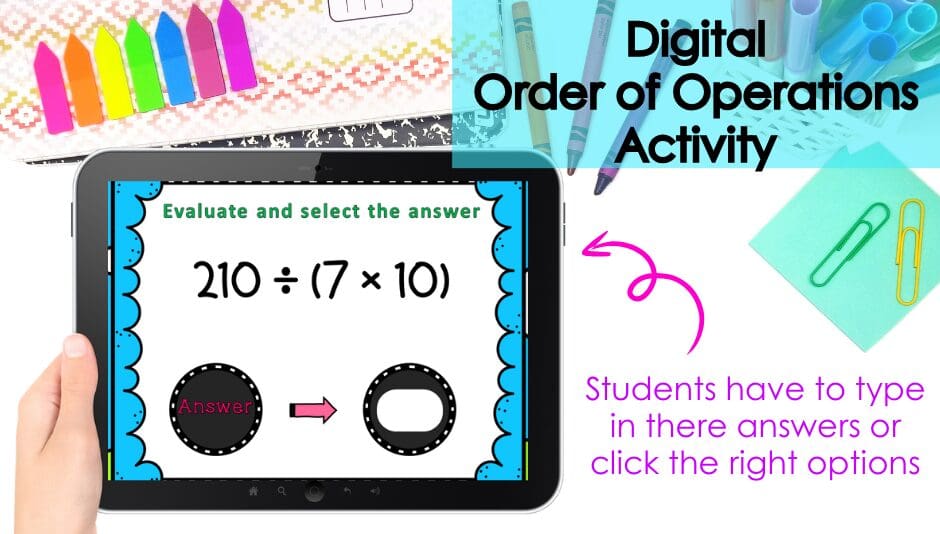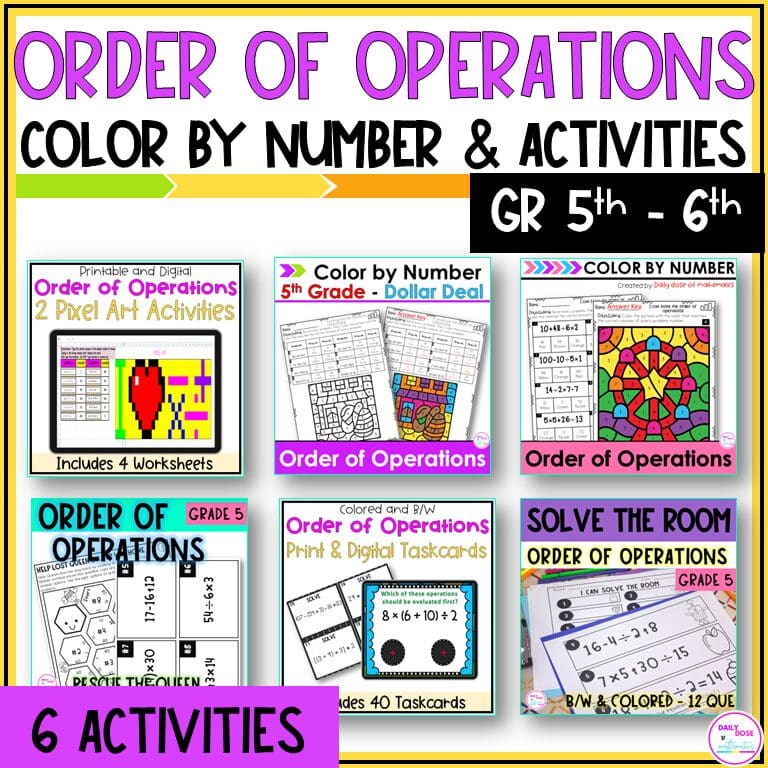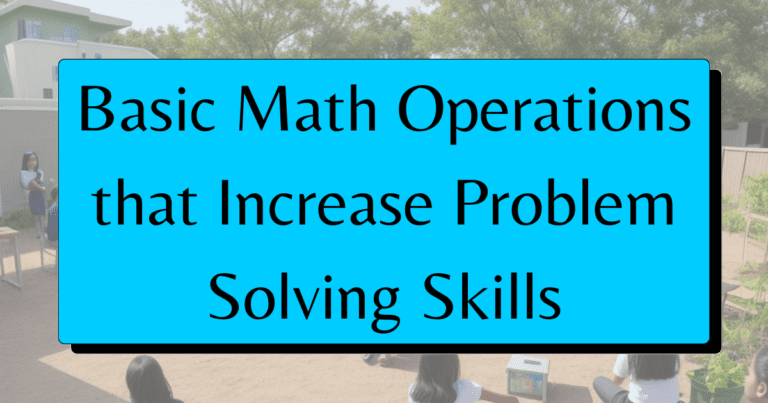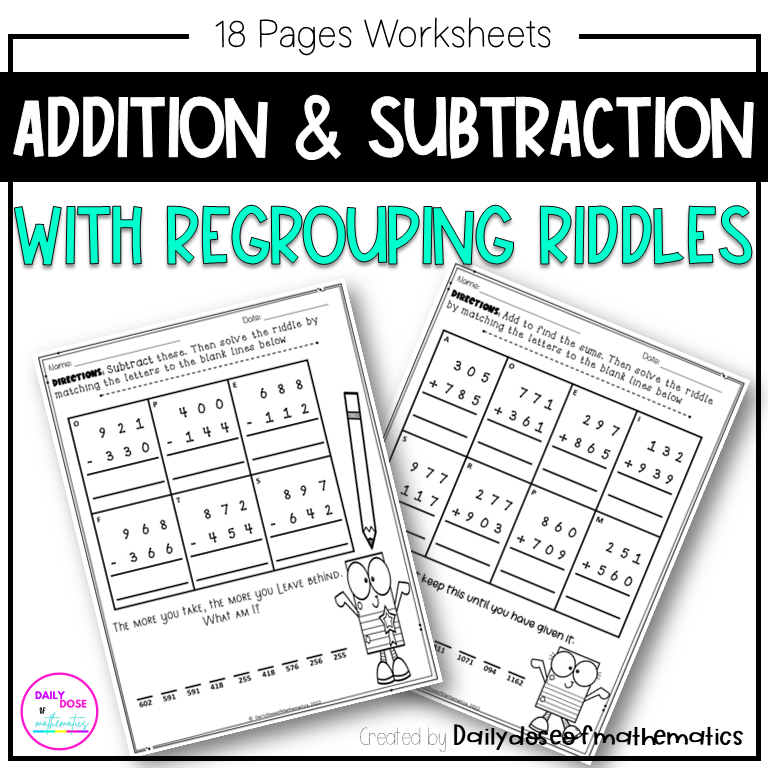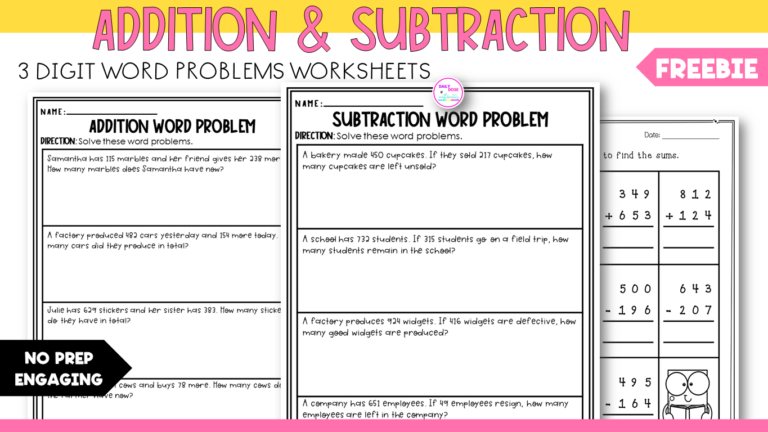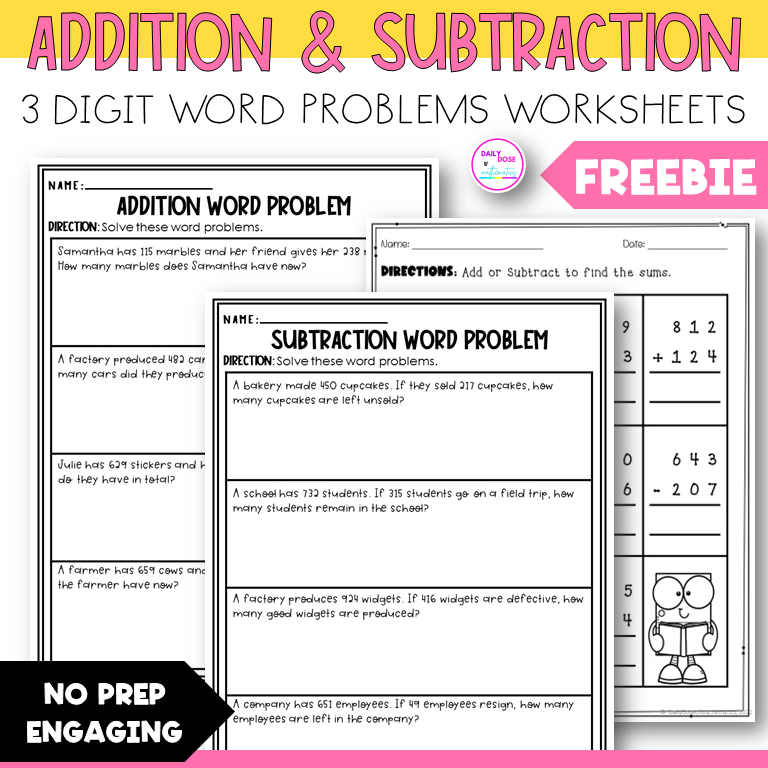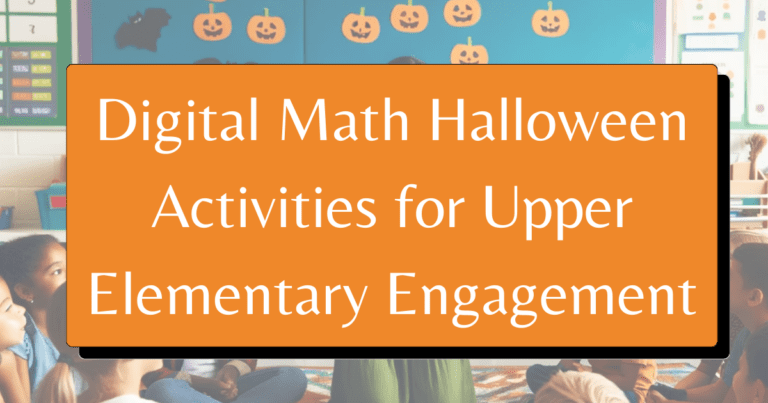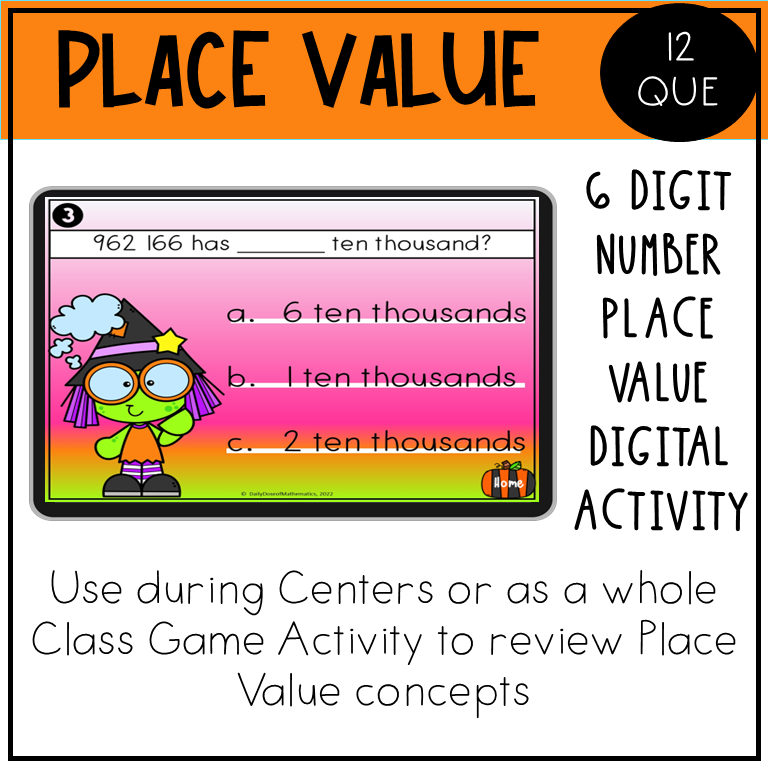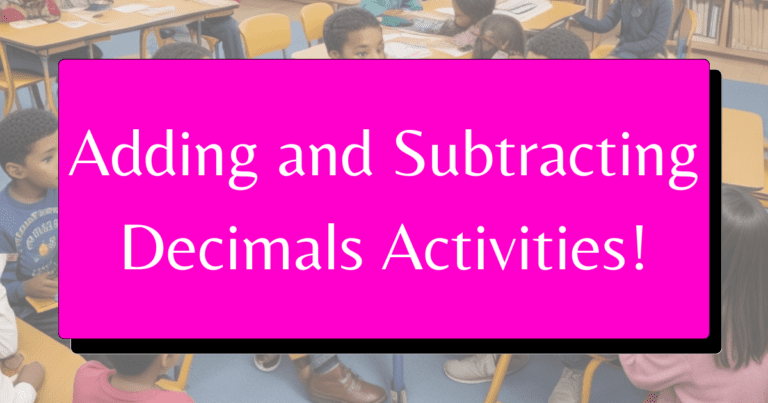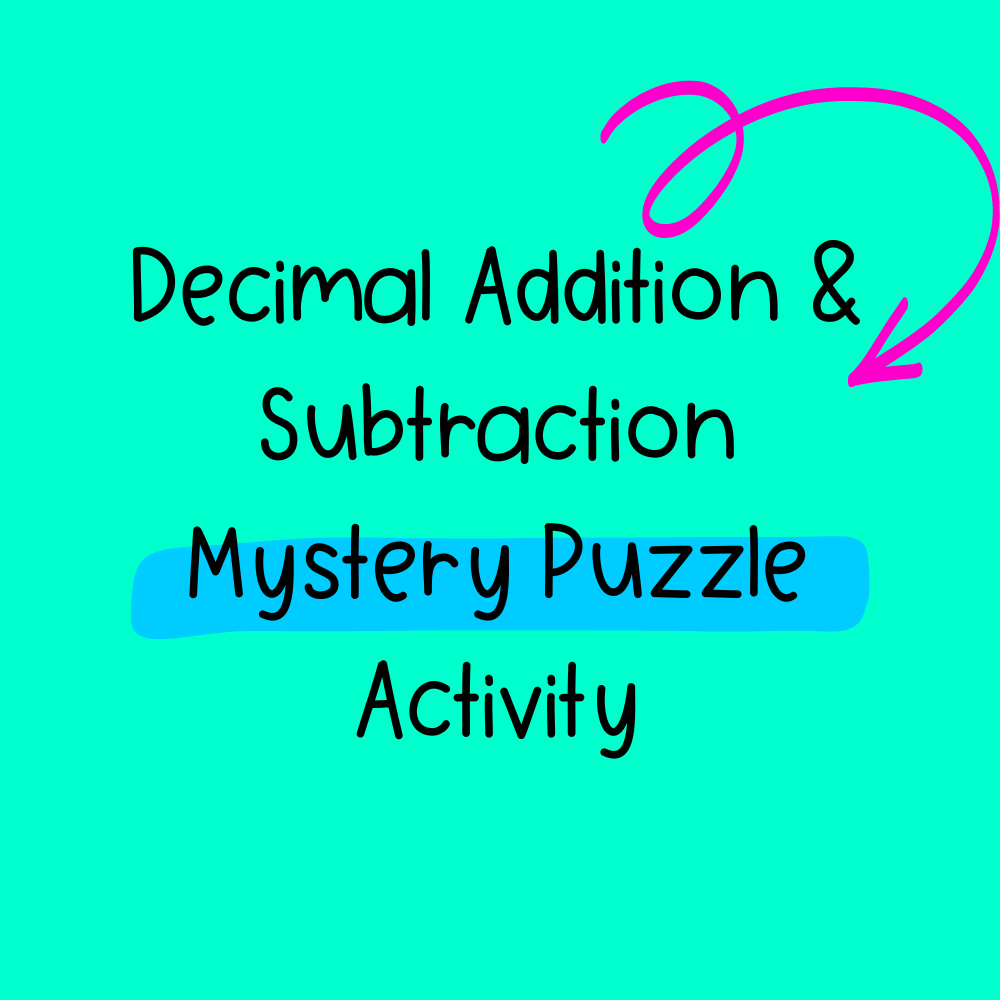How to Explain Integers and Their Opposites to Students (Without the Confusion)
If integers make your students’ eyes roll, you’re not alone. Integers and their opposites, especially negative numbers, can feel abstract and confusing.
This is where students start mixing up subtraction with “opposites” or struggle to see how positive and negative numbers relate.
The good news? With the right visuals and activities, integers don’t have to be this overwhelming.
In fact, you can make them click for students in a way that actually sticks.
1. Start with Real-Life Examples
The fastest way to make integers feel less intimidating in grade 6 is to ground them in everyday life. A few examples that always land with my students are:
- Temperature: Show how 10° above zero and 10° below zero represent opposites.
- Elevation: Compare a mountain peak to a cave below sea level.
- Money: Talk about having $20 in your bank account versus owing $20.
The goal here is to make the concept more relatable using the example, so the students can connect faster.
You can even ask them to share their own examples, maybe like sports scores or video game points going into the negative.
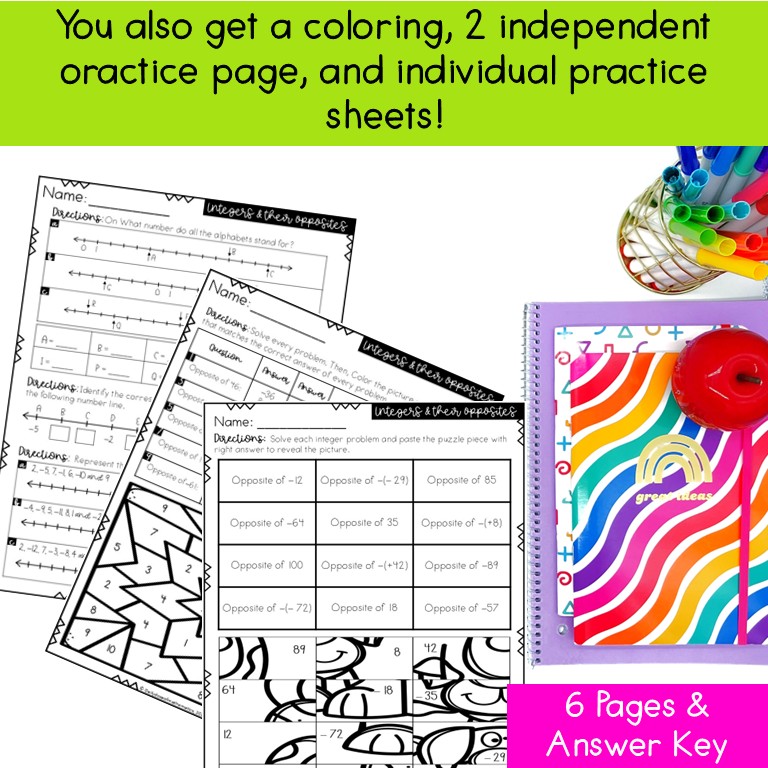
2. Use a Number Line for Integers and their Opposites
A number line is the foundation for understanding integers. You should first focus on making sure students understand integers using a number line.
When students see numbers laid out visually, they notice the symmetry: every positive number has a negative counterpart that is at the same distance from zero.
- Highlight how +5 and -5 “mirror” each other.
- Reinforce the idea that zero is the center, it’s neutral ground, so its negative is also 0.
- Use visuals (a giant number line taped on the floor works wonders).
This method makes integers less of an abstract idea and more of a pattern they can see and interact with.
3. Introduce Integer Opposites as “Math Twins”
Kids love simple, fun language. Try describing opposites as math twins:
- +3 and -3 are twinssame distance, different sides of zero.
- Use hand motions: one hand moves right, the other moves left.
- Have students physically “be the numbers” by standing on either side of a taped zero line in the classroom.
This builds a physical connection, visualizes the concept and gets them out of their seats (which is always a win).
4. Make it Interactive (Coloring + Games)
Here is the thing: students learn best when they do. Practicing is the key to success in math. Bring integers to life with:
- Coloring activities where each answer reveals a picture.
- Matching games: pair positives with their opposites.
- Scavenger hunts: hide cards around the room and let students find “integer pairs.”
So if you want a ready to use resource that saves you prep time, I created a set of integer activities and coloring worksheets designed exactly for this concept.
They turn practice into a fun activity while reinforcing integer opposites in an interactive way.
5. Common Mistakes Students Make
Even after a lot of practice and explaining with strong visuals, some misconceptions pop up again and again: Here is a list of a few that I encounter again anad again:
- Mixing up subtraction with opposites: For this, clarify that “the opposite of +4 is -4,” but “subtracting 4” is a different operation.
- Thinking zero has an opposite: Reinforce that zero is its own buddy it has no opposite.
- Believing negatives are always “smaller”: Explain that while -10 is less than -2, the distance from zero tells us size in terms of opposites.
Take a few minutes to address these early, and you’ll prevent bigger struggles in later concepts.
6. Wrap It Up
Teaching integers doesn’t have to be a headache for you or your students.
By combining real-life examples, number lines, and interactive activities, you’ll help students finally see opposites in a way that sticks.
Want to save yourself even more prep time?
Grab my Integers and Their Opposites Coloring Worksheets on TPT. You can even find interactive activities for GCF and LCM here. They’re ready-to-go, fun for students, and designed to make integers simple instead of stressful.
And if you’d like even more freebies for your math classroom, join my email list, where I share grab-and-go resources like fraction operations for busy math teachers like you.

